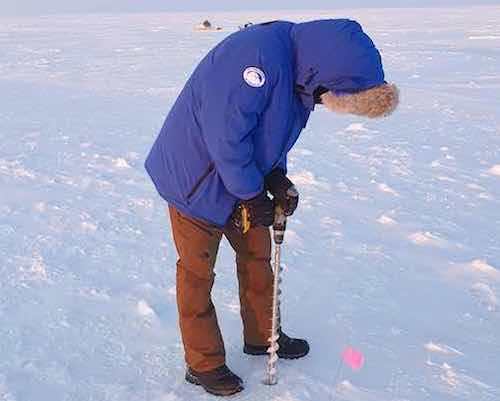What we do
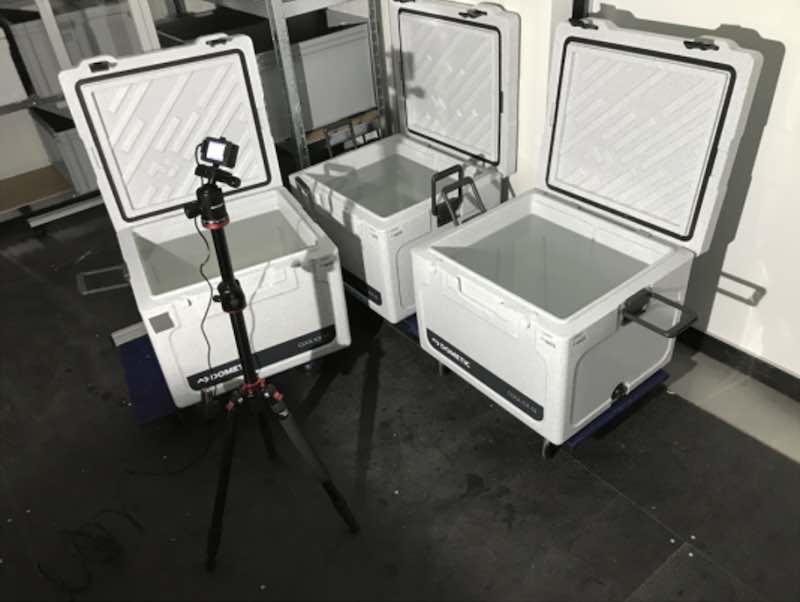
Top: Ice lab at TU Delft, where ice thickening process was researched in the coolers
Bottom: Fonger drilling an ice core on the field trip to Cambridge Bay
Restoring Arctic ice through pumping sea water on top of it in winter
In 2016, scientists proposed a simple solution to save the Arctic ice: increase its volume by pumping water onto the existing ice sheets. When pumped over the ice, Arctic sea water freezes quickly due to the low Arctic atmosphere temperature. The pumping produces thicker ice sheets, less likely to melt completely during summer. Whilst a promising idea due to its simplicity, it requires further exploration to determine the most effective approach for achieving scalability.
A new concept
We are developing a new concept that uses specific locations around the Arctic Ocean to create ice and then transport it into the Arctic waters by existing ocean currents. Through this much more effective ice distribution process and with larger pumps, we think we can keep the number of pump installations needed to restore 100,000 km² of ice from melting in the summer to approximately 100-1000, compared to the millions suggested by S.J. Desch in his seminal work, entitled Arctic Ice Management (2016).
At the same time, a sizeable portion of Arctic sea ice is exported out of the region by wind and currents, and melts when encountering warmer water. So, as part of our mission to preserve Arctic sea ice, we are also exploring ways to reinforce ice arches preventing the export of sea ice, by pumping or spraying water. These arches already act as natural barriers against ice export, and bolstering them could have a significant impact on keeping the sea ice in the Arctic.
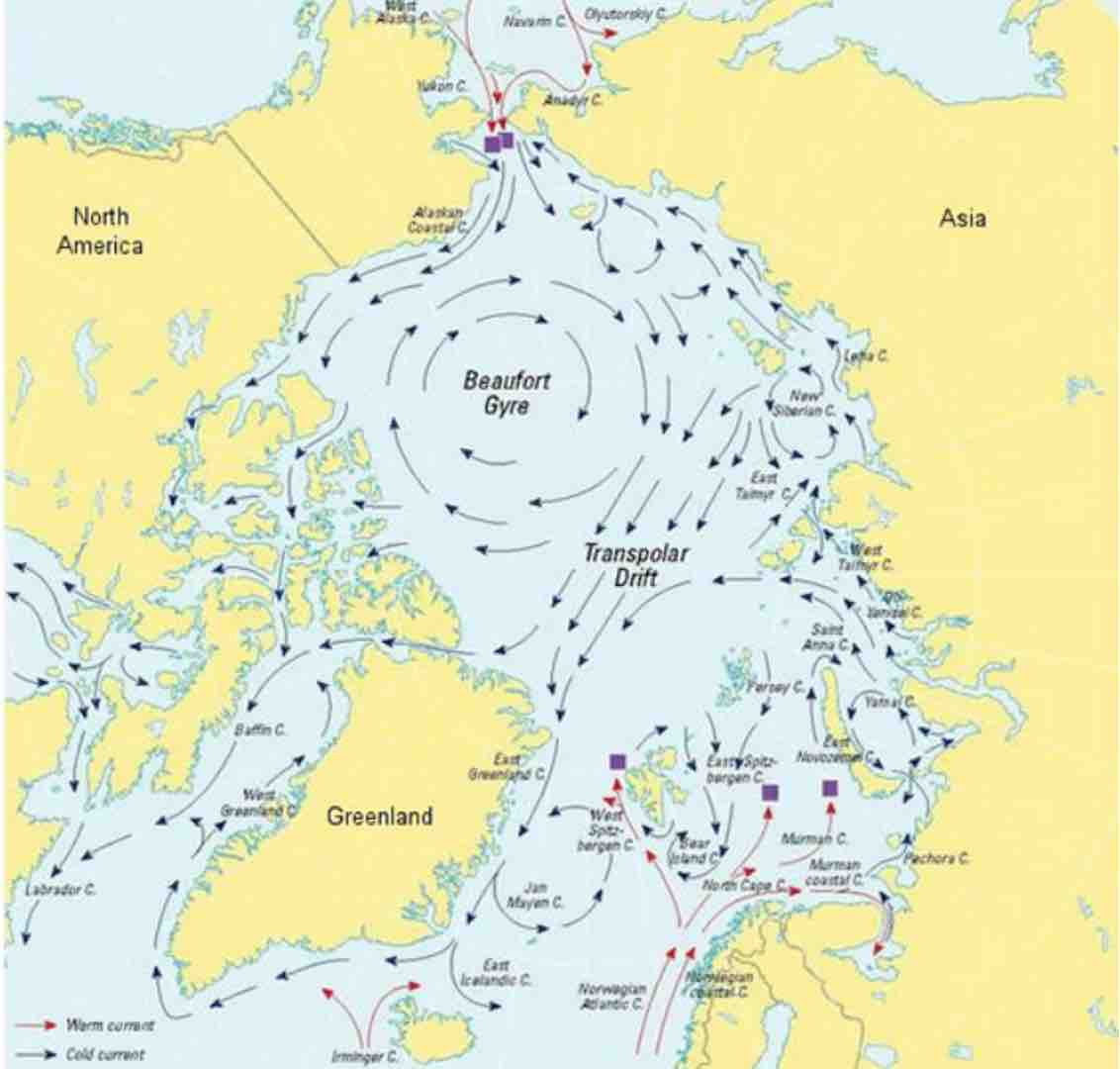
Arctic ocean currents
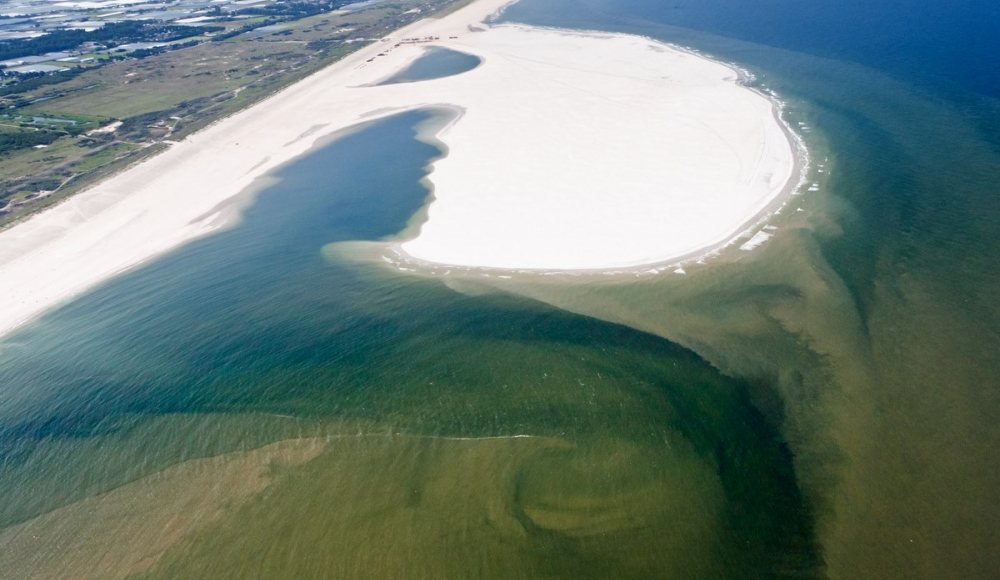
The Sand Motor, an artificial peninsula in The Netherlands
Engineering with nature
Coming from The Netherlands, a country mostly below sea level, we learned that working with nature, rather than against it, is in most cases the best way to accomplish huge projects. For example, to reinforce our coast line a large artificial peninsula was created out of 21.5 million cubic meters of sand, dubbed ‘The Sand Motor’. Ocean current, wind and waves are now gradually spreading the sand along the coast and into the dunes. This example of ‘engineering with nature’ reflects how we plan to use the force of nature to help with the effective distribution of Arctic sea ice.
Think big, start small
Although the scale of this project will eventually be massive, it started on a much smaller scale. We collaborated with Delft University and filled several coolers with fresh water mixed with precise amounts of sea salt, allowing us to validate our initial hypotheses. The next step involved testing the ‘Arctic Ice Thickening’ concept for the first time in the Arctic itself during our field test in Svalbard. You can read more about this field test here.
We plan to conduct a larger-scale field tests, not only to further assess the impact of our method but also to explore efficient ways to distribute water over the ice. Ultimately, our efforts aim to develop a robust process for thickening Arctic ice, helping it survive the summer months and utilizing the reflective properties of ice sheets for Solar Radiation Management, keeping our planet cool.
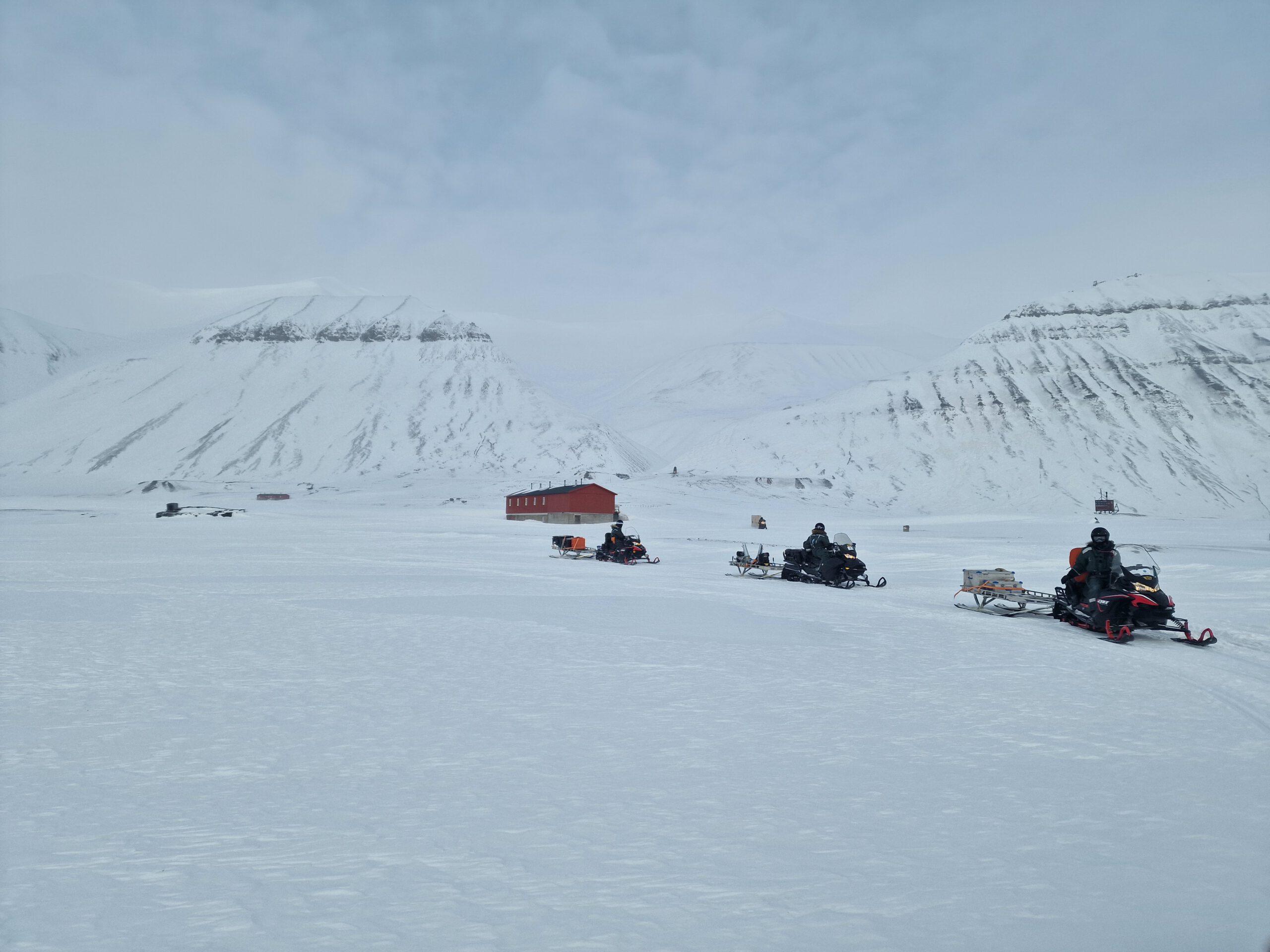
Driving to our field test location at Svalbard

Involving local Indigenous communities
The local Indigenous communities have a deep understanding of the Arctic environment, its ecosystems, and the dynamics of sea ice. For generations, they have inhabited and relied on the Arctic region for their livelihoods and cultural sustenance. Their traditional knowledge encompasses a comprehensive understanding of the sea ice’s behavior, seasonal variations, and its ecological significance. They are also the ones disproportionately affected by the consequences of climate change. For them, the loss of sea ice is very real and has a huge impact. By involving the local population in restoration initiatives, we can integrate their invaluable traditional ecological knowledge into scientific research and planning, leading to more effective strategies and outcomes.
The Indigenous communities have inherent rights to their lands and resources. These rights are recognized and protected by international agreements, such as the United Nations Declaration on the Rights of Indigenous Peoples. These rights mean they have a final say in providing permits for projects in their region. Nature restoration projects like ours have the potential to create employment opportunities and contribute to local economic development.
We will use the 8 Inuit Qaujimajatuangit principles as guidelines:
- ᐃᓅᖃᑎᒌᑦᓯᐊᕐᓂᖅ – Inuuqatigiitsiarniq
Respecting others, relationships and caring for people - ᑐᙵᓇᕐᓂᖅ – Tunnganarniq
Fostering good spirit by being open, welcoming and inclusive. - ᐱᔨᑦᓯᕐᓂᖅ – Pijitsirniq
Serving and providing for family and/or community. - ᐋᔩᖃᑎᒌᓐᓂᖅ – Aajiiqatigiinniq
Decision making through discussion and consensus. - ᐱᓕᒻᒪᒃᓴᕐᓂᖅ – Pilimmaksarniq
Development of skills through observation, mentoring, practice, and effort. - ᐃᑲᔪᖅᑎᒌᓐᓂᖅ – Ikajuqtigiinniq
Working together for a common cause. - ᖃᓄᖅᑑᕐᓂᖅ – Qanuqtuurniq
Being innovative and resourceful. - ᐊᕙᑎᑦᑎᓐᓂᒃ ᑲᒪᑦᓯᐊᕐᓂᖅ – Avatittinnik Kamatsiarniq
Respect and care for the land, animals, and the environment.


